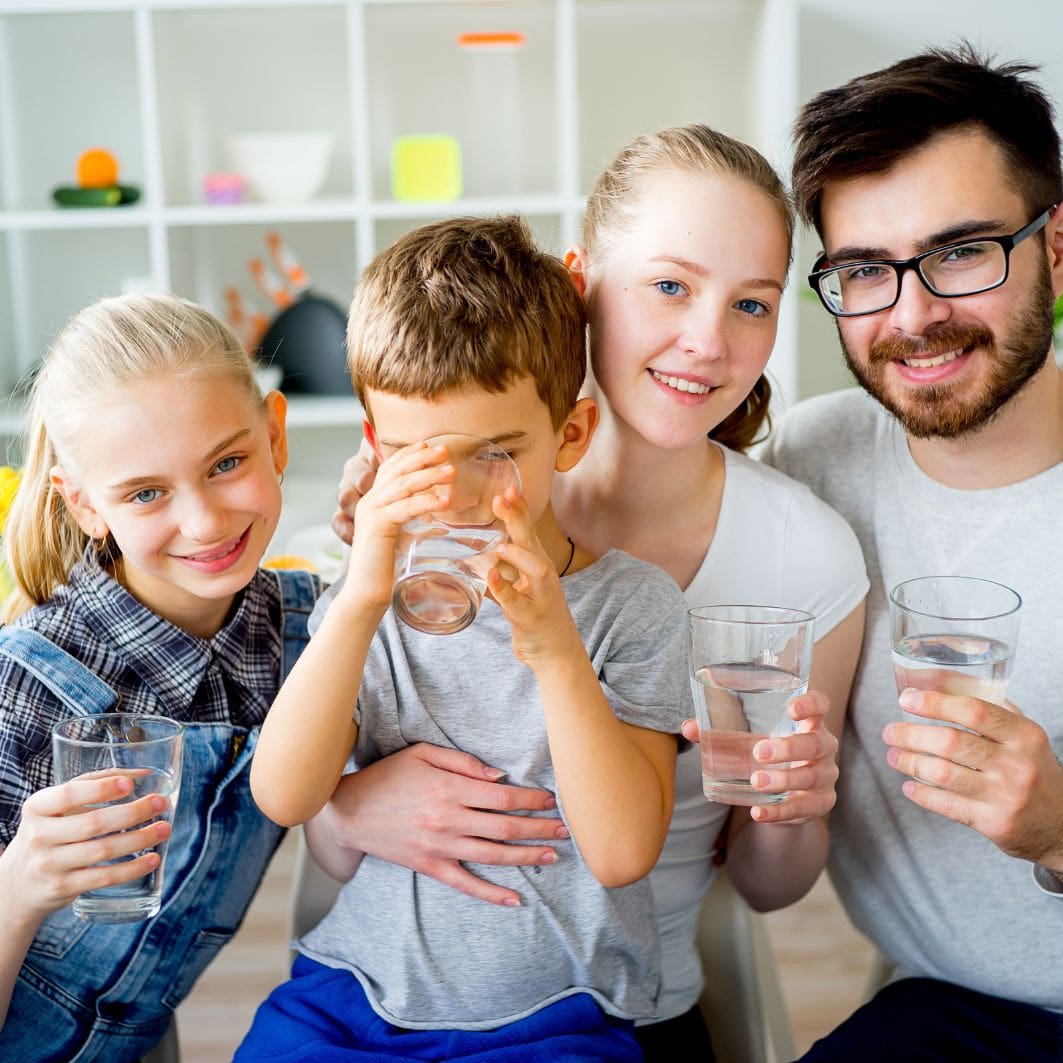Bakersfield Water Quality — Quick Summary (2025)
This page covers the Cal Water — Bakersfield System (not the City of Bakersfield municipal system).
Jump to Sources & Notes
For broad coverage, a reverse osmosis unit is popular —
see Waterdrop RO.
The short answer
Bakersfield’s water is treated and tested. The utility reports it meets all legal limits. Some independent groups compare results to stricter, non-regulatory health guidelines. Those are advisory, not law, but they can help you decide whether to add a home filter — especially for babies, pregnancy, or older homes with possible lead plumbing.
What you can do today
- Check the latest CCR (annual water quality report) for your zone.
- Run the tap cold for ~30–60 seconds if water has been sitting; always use cold for drinking/cooking.
- Consider a certified filter if you want extra protection. Keep cartridges on schedule.
- Older homes: ask about your service line material; consider a lead test kit.
- Questions or issues? Call the local Cal Water Bakersfield district (numbers below).
Read the full report below for details, neighborhood context, and step-by-step help.
We summarize official reports and add plain-English context. Always verify with the latest CCR. See Sources & Notes.
Last updated:
Affiliate disclosure: We may earn a commission if you buy via our Waterdrop RO link. Links are marked rel="sponsored nofollow".
Bakersfield, California — Water Quality Report 2025: Sources, PFAS Updates & How Your Water Is Kept Safe
Bakersfield’s drinking water is supplied by California Water Service (Cal Water). To meet demand, the system blends three sources: local groundwater from about 68 active wells, Kern River surface water filtered through advanced membranes, and treated water purchased from the Kern County Water Agency’s Henry C. Garnett Water Purification Plant. Cal Water treats and tests year-round and reported meeting all state and federal standards in 2024 (see Sources). Because we live in an agricultural/industrial region, the utility closely tracks chlorine byproducts (TTHMs/HAA5), TCP, and PFAS. Cal Water is installing granular activated carbon at select wells for PFAS in line with new federal rules. Results can vary by neighborhood and home plumbing. Read the full report below for current numbers and simple steps you can take at home.
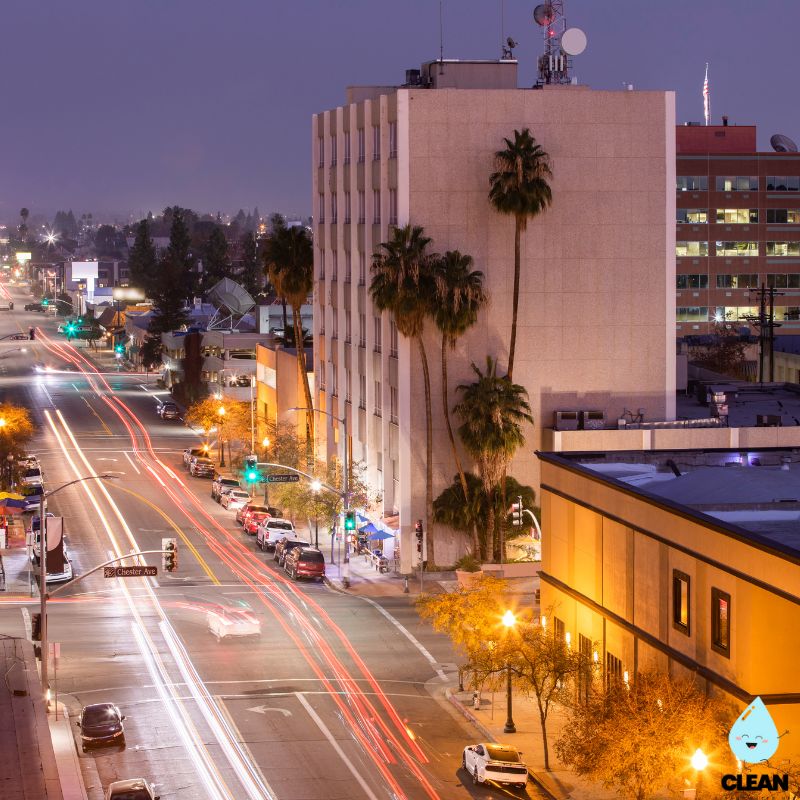
Bakersfield Water Quality: Current Status (2024-2025)
Latest Testing Results
- Compliance: In 2024 the Bakersfield system conducted 59,575 tests on 7,503 samples for 217 constituents and met all state and federal primary & secondary standards reported in the annual CCR (see Sources).
- Lead & Copper at Homes: 2024 sampling showed 0 of 52 homes above the action levels. The 90th-percentile lead result was non-detect; copper’s 90th-percentile was 0.11 ppm (well below the 1.3 ppm action level).
- Chlorine Byproducts (DBPs): Systemwide highest annual averages were HAA5: 40 ppb (MCL 60) and TTHM: 64 ppb (MCL 80).
- TCP (1,2,3-Trichloropropane): A couple of treated sample points exceeded the MCL in routine checks, but annual averages remained in compliance after follow-up actions.
- PFAS monitoring: Several PFAS (e.g., PFBS, PFHxS; and UCMR compounds like PFHxA, PFHpA, PFNA) were detected at low parts-per-trillion in some groundwater samples. Results are tracked under California notification levels/UCMR, and the utility is adding granular activated carbon treatment at affected wells to meet new federal PFAS rules.
Diverse Water Sources
- Groundwater: Local production from about 68 active wells across the service area.
- Kern River: Surface water treated with advanced membrane filtration prior to distribution.
- Purchased water: Treated supply purchased from the Kern County Water Agency (Henry C. Garnett Water Purification Plant).
Treatment Technology
- Multi-barrier process: Filtration (including membranes for Kern River water), disinfection with chlorine, and corrosion control to help reduce metals from plumbing.
- Targeted treatment: Granular activated carbon (GAC) is being installed at specific wells for PFAS control in line with new EPA standards.
- Ongoing optimization: Adjustments are made as regulations evolve to keep water within legal limits and maintain reliability.
Monitoring and Testing
- Year-round testing: Thousands of samples are analyzed in an ELAP-certified laboratory; results are summarized each year in the Consumer Confidence Report (CCR).
- Public reporting: The 2024 CCR shows constituents, ranges/averages by source, and system-wide results versus health-based limits.
- What varies: Water quality can differ by zone, and results at your tap also depend on home plumbing (especially in older buildings).
Water Quality Challenges
Bakersfield manages a mix of groundwater and river water in an agricultural/industrial region, so the system closely tracks PFAS, chlorine byproducts (which can form when disinfectant meets natural organic matter), TCP, and naturally occurring minerals/metals. The system’s reported results for 2024 were in legal compliance, and targeted treatment (e.g., GAC for PFAS) is being added where needed. For households that want an extra margin of protection—especially for babies, pregnancy, or older plumbing—many choose a certified point-of-use filter such as reverse osmosis. If helpful, here’s an option we recommend: Waterdrop RO. Read the full report below for details and simple at-home steps.
Recommendations for Bakersfield Residents
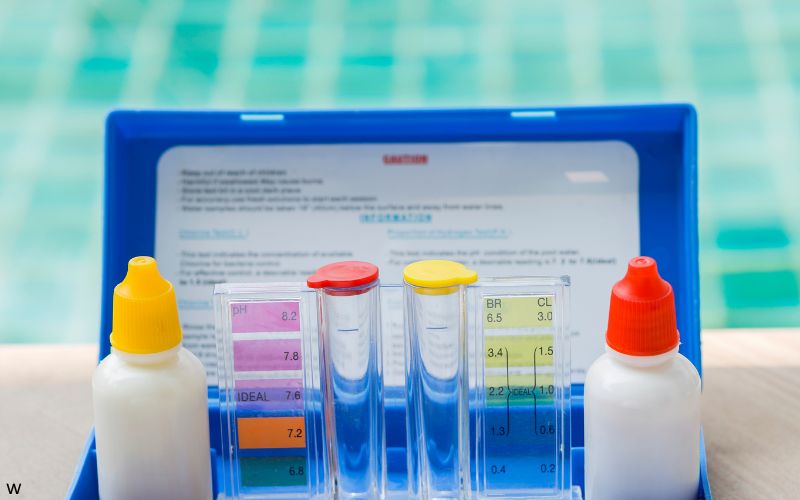
Home Water Testing
Start with the latest Consumer Confidence Report (CCR) and your address/zone info. If you have an older home (pre-1986) or specific concerns (lead, PFAS), ask Cal Water’s Bakersfield District at (661) 837-7200 about options and recommended labs. You can also use a certified home kit for lead and a lab test for PFAS. Results can vary by neighborhood and by plumbing inside each home.
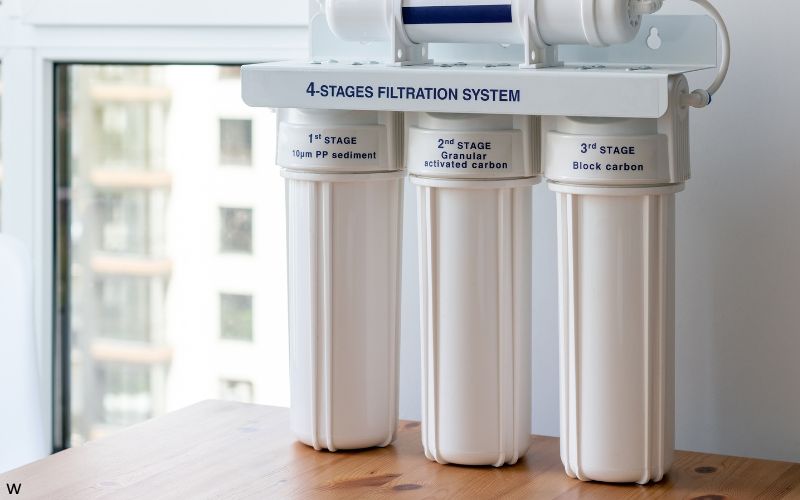
Install Water Filters
Many households choose a certified point-of-use filter for extra peace of mind. Look for NSF/ANSI 53 (lead), 58 (reverse osmosis), and 401 (emerging contaminants). For broad coverage, a reverse osmosis system is common. Recommended option: Waterdrop RO. Replace filters on schedule for best performance.
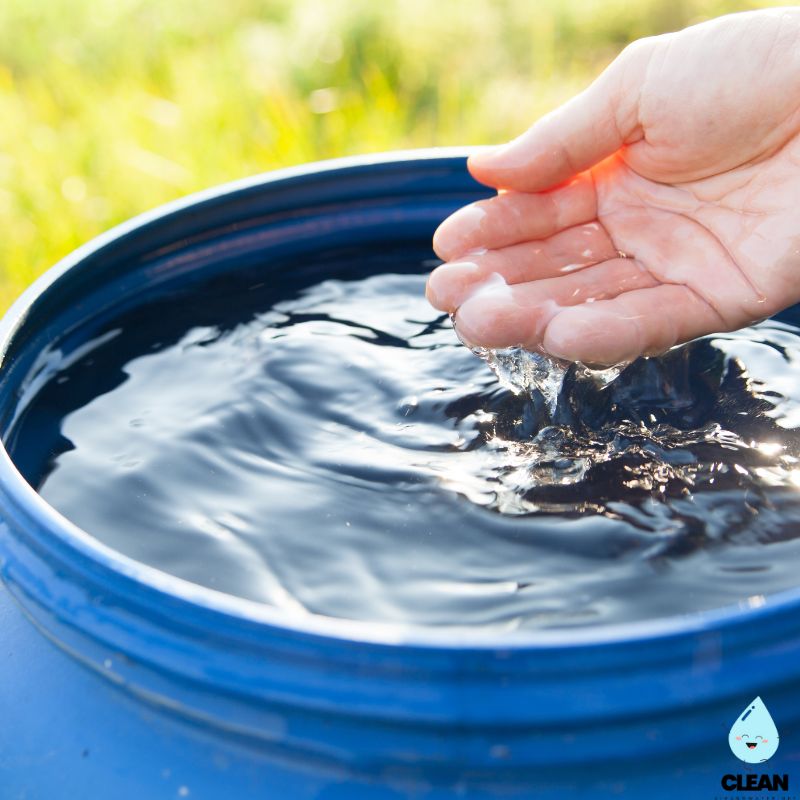
Conserve Water
Fix leaks quickly, install efficient fixtures, and water outdoors wisely. During dry periods, check Cal Water’s local guidance for any seasonal watering schedules or temporary restrictions.

Flush Your Pipes
If water has been sitting for several hours (overnight or a workday), run the cold tap for about 30–60 seconds — or until it turns noticeably cooler — before drinking or cooking. Always use cold water for cooking and drinking (hot water can dissolve more metals). This simple habit helps reduce metals that can come from older household plumbing.

Report Water Issues
If you notice sudden changes — color, odor, taste, or pressure — or see a main break, call Cal Water’s Bakersfield District at (661) 837-7200. For after-hours emergencies, call 1-800-977-2255. If water looks discolored, avoid drinking it and run the tap until clear before normal use.
Quality News About Your Water
Get the comprehensive water quality news coverage you need with our dedicated US Water News Service. From coast to coast, we deliver in-depth reporting and expert analysis on PFAS contamination, EPA regulatory changes, infrastructure developments, and emerging water safety issues affecting communities nationwide. While mainstream media only covers the biggest stories, we provide the detailed, ongoing coverage that helps you understand the full scope of America’s water challenges. Whether you’re a concerned citizen, water professional, or community leader, our daily updates and analytical insights keep you informed about the issues that matter most to public health and environmental safety.
Frequently Asked Questions
Is Bakersfield’s tap water safe to drink?
According to the latest Consumer Confidence Report (CCR), Bakersfield’s system meets state and federal drinking water standards. Water is treated, tested year-round, and results are publicly reported.
Some substances are monitored closely—like PFAS, chlorine byproducts (TTHMs/HAA5), TCP, and naturally occurring minerals. Results can vary by zone and by household plumbing. For families who want an extra margin of protection—especially with babies, pregnancy, or older homes—a certified point-of-use filter is a common choice. One option: Waterdrop Reverse Osmosis (RO).
What contaminants are found in Bakersfield’s water?
Bakersfield monitors regulated and emerging substances. System averages are reported in the CCR and compared to legal limits; independent groups may also compare some results to stricter, non-regulatory health guidelines (advisory only).
1. PFAS: Detected at low parts-per-trillion in some wells; treatment (e.g., activated carbon) is being added where needed under new federal rules.
2. Chlorine byproducts (TTHMs/HAA5): Can form when disinfectant meets natural organic matter; managed to stay within legal limits.
3. TCP (1,2,3-Trichloropropane): Historically linked to agricultural soil fumigants; monitored and controlled to meet the state MCL.
4. Nitrates & minerals/metals: May appear due to natural geology or land use; the utility monitors and treats as required.
5. Lead: Typically not from the source water; it can come from home plumbing. Older pipes and fixtures raise the importance of running cold water and using certified filters if desired.
For current numbers, see the CCR referenced in our Sources & Notes.
How is Bakersfield’s water treated?
The utility uses a multi-step “barrier” approach: remove particles (membranes/filters), disinfect with chlorine to kill germs, and add corrosion control so water is gentler on pipes. Some wells also get targeted treatment—like granular activated carbon or reverse osmosis—when monitoring shows it’s needed.
For a deeper look, the CCR lists the sources, treatments, and test results by system zone.
Are there water restrictions in Bakersfield?
Bakersfield promotes year-round conservation and may adopt seasonal watering schedules, especially in dry years. Rules can change with local supply conditions.
Typical guidance includes:
• Water outdoors on assigned days/hours set by the utility or city.
• Avoid watering during the hottest parts of the day to reduce evaporation.
• Prevent runoff onto sidewalks, gutters, and streets.
Always check Cal Water’s Bakersfield page or call (661) 837-7200 for the most current rules.
Contaminants of Concern

PFAS (Per- and Polyfluoroalkyl Substances)
Source: Man-made chemicals used in coatings, foams, and consumer products. Small amounts have been detected in some Bakersfield groundwater wells as monitoring has expanded.
Health Effects: Some PFAS are linked in studies to effects on the immune system, cholesterol, thyroid, and, with long-term exposure, certain cancers. Risk depends on the PFAS type, level, and duration.
Current Status: The utility tracks PFAS at the parts-per-trillion level and is adding granular activated carbon at affected wells to meet new federal standards (e.g., PFOA/PFOS set at very low levels). For extra peace of mind at home, many residents choose a certified PFAS-reducing filter (reverse osmosis is common), e.g. Waterdrop RO.

1,2,3-Trichloropropane (TCP)
Source: Legacy soil-fumigant byproduct from historical agricultural use; can move into groundwater over time in farming regions.
Health Effects: Classified as a probable human carcinogen. Long-term exposure at elevated levels increases cancer risk; the state MCL is set at a very low parts-per-trillion level to reduce risk.
Current Status: Bakersfield samples for TCP routinely. While occasional detects can occur at some locations, the system reports meeting the California MCL (5 ppt) on an annual-average basis with treatment and operational controls. If you want an extra margin at the tap, a point-of-use reverse osmosis unit is a common choice (e.g. Waterdrop RO).
Please read – our information
The information presented on cleanairandwater.net is compiled from official water quality reports, trusted news sources, government websites, and public health resources. While we strive for accuracy and thoroughness in our presentations, we are not scientists, engineers, or qualified water quality professionals.
Our mission is to present water quality information in an accessible, real-world format that helps people understand what’s in their water and make informed decisions about their health and safety. We believe that complex environmental information should be available to everyone in a format that’s easy to understand.
We make every effort to ensure our content is current and accurate, but we cannot guarantee that all information is complete or error-free. This website should not replace official communications from your local water utility or health department. We always recommend consulting official sources for the most up-to-date information regarding your specific water system.
Clean Air and Water is not liable for any unintentional errors, omissions, or outdated information. The content on this site is provided for informational purposes only and should not be considered professional advice.

Sources & Notes
- Cal Water — Bakersfield Consumer Confidence Report (latest available): system compliance; sources (groundwater, Kern River, KCWA); treatment; lead/copper, DBPs, TCP results; and testing volumes. (Link on Cal Water’s Bakersfield water quality page.)
- EPA National Primary Drinking Water Regulations (including 2024 PFAS standards): federal limits and implementation timelines (monitoring by 2027; compliance by 2029 for the PFAS rule).
- Utility updates: PFAS treatment (e.g., granular activated carbon at affected wells) and local customer service contacts posted by Cal Water Bakersfield.
Disclaimer: This page is informational and not medical advice. Guideline comparisons (when mentioned) are informational and not legal limits. For personal decisions, confirm with the latest CCR and/or a certified home test.
